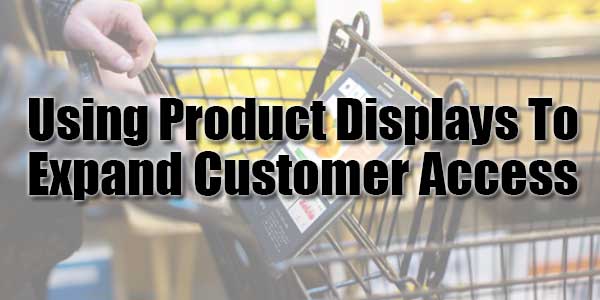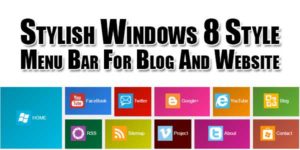
With the ease of entering the marketplace for new firms, competition is tougher than ever. Social media and online auctions have made it far easier for a startup company to begin building a customer base and go toe-to-toe with established producers.
Those with a good market share need to do what they can to cement their place in the market. They should exercise every option on making their product jump out over the latest competitors.
One of the most effective ways to do this is to use their marketing clout to implement a strong in-store display program that helps customers think more about the product or service and less about its competitors. These can cover a wide range of strategies, but they work in several common areas regardless of their particular technique. They do cost a little extra money, but they can easily pay for themselves. And the time to do it is while your company is profitable.
Table of Contents
Greater Grabbing Power:
Everything around your product should bear its name. That’s why you don’t ship in plain brown boxes, and why your employees wear branded shirts and caps. It’s also why you’re using email templates to make your messages stand out from the plain text the recipients receive from everyone else.
In-store displays of every type do that. When you look down an aisle at a store, you see very few product labels. The angle is all wrong. But the items that are sold on islands, floor displays, or endcaps using cardboard displays not only have the best perspective for would-be buyers, they also have larger logos and lettering than you can put on the product itself. So in terms of the direction and distance from which it’s seen, these displays have a major advantage over plain store shelving.
Selling When You’re Sold Out:
An empty shelf is an empty shelf. When your product gets some momentum and flies into the customer’s hands, the last thing you want is to lose that energy. Word of mouth will send customers looking for you, but if you’ve sold out, they’ll go home empty-handed and might forget they were ever interested. Unique in-store displays keep your name out there even when the product is all gone. So they prospective buyer might come up empty searching for you, but at least he or she will know where to go on the next attempt.

Informational items are the same way. If you’re promoting your restaurant or hotel in tourism sites, you can see the advantage of customized cardboard brochure holders over ordinary clear plastic ones. The customer can’t take anything along, but if you have a memorable web site or phone number on the display, you may still get a sale. A blank holder gets you nothing.
Show, Don’t Tell:
This is the trick that food products have known for years, and it took no special stroke of genius to realize it. Giving away a bite of food is a good way to sell a whole package of it. And demonstrations or samples can expand your area. A shelf display has a finite view. A pot of your soup simmering at the end of an aisle can send your aroma wafting throughout the store, spurring customers to ask, “What is that wonderful smell?”
But it’s far beyond food now. A trip to any mall, particularly near Christmas time, will probably include a demonstration of toy helicopters buzzing overhead. The same thing works here. First off, it’s nearly impossible to keep kids away from them and deny them the toy when they see exactly what it can do. And second, the helicopter’s altitude makes it visible from much further away than the kiosk itself.
It isn’t enough to be passive with your product. You need an edge in visibility to gain an edge in marketability. In-store displays can play a big part in that.


















Excellent blog…thanks for sharing such things…its very interesting…i’m searching for this information from long time…
Welcome here and thanks for liking our article. Stay with us to get more like this…